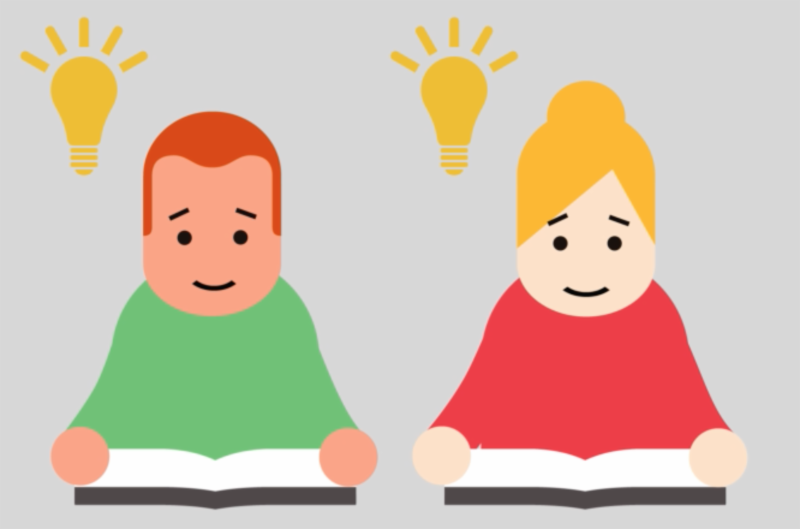Digital reading is problematic for the long novel because the reader is not able to retain the evolution of the plot as well. There is something about the physical sense of being part way, half way, or almost done with a book that aids the reader’s sense of time and narrative. On the other hand, a book that is simply a page-turner (sometimes called the “airport book”) does not place the kind of demand on the reader that James Joyce’s Ulysses would. This provides some explanation for the popularity of Kindle among the easy-reading public.
The amount of time spent reading digital texts is also an issue. Although recent studies indicate that the younger reading public is more accustomed to reading digitally than their elders, handing anyone a 400-page digital textbook is setting them up for quite a slog. In fact, students already tell us that a 400-page paper textbook does not interest them either-30 percent of students nationwide do not even buy the text assigned for their class, and those who do buy it hardly get past the first two chapters before they give up on that particular reading experience.

Here are 4 types of reading to consider as preparation for the classroom setting:
- Shorter passages of digital information text of 2,000-3,000 words or less (the “chunked” textbook, as reading specialists refer to it). These digital texts should return to where paper textbooks were 40 years ago, when they contained about 2/3 of the amount of information that they do today.
- Short background readings of 500-700 words or less in digital or paper form to set up primary source readings which are also no more than 500-700 words.
- Digital or paper scripts for 2,000 word lectures that are accompanied by a presentation (roughly 20-slides))-in other words, assigning a portion of your lectures as at-home reading.
- Real paper books of the standard 65,000-90,000 word length that contain a narrative quality and strong interest for young people. These might include historical fiction, biography, autobiography, or very straightforward monograph.

